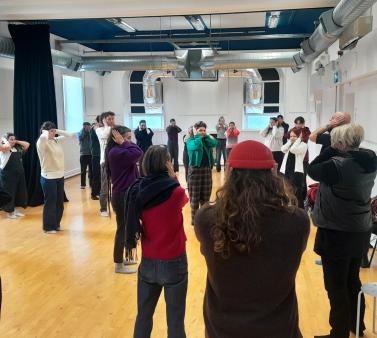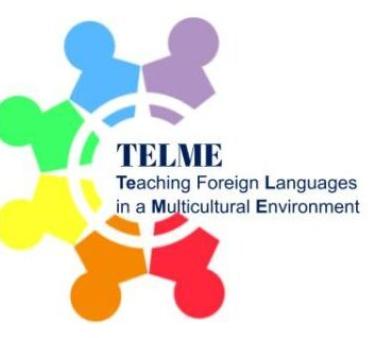Objectives
The degree provides general training with a combined practice-theory approach, giving students the methods and knowledge to develop a creative and thoughtful body of work in a contemporary context. Art theory is always based on the works themselves, and technical experimentation, in its broadest sense, can lead students to theoretical discoveries. This degree prepares graduates for careers in the following three areas:
-
Art and creation: Artist (painting, sculpture, photography, video, installation, urban art, environment, performance, interactive multimedia, illustration, comic strips, etc.) / Artist’s assistant / Creator-designer (visual communication, web design, graphic design, publishing, design of spaces, objects, clothing, etc.).
-
Teaching and training, support and facilitation: preparation for the Teaching, Learning and Training Master’s degree and some competitive examinations / Art teacher / Art teacher in a school or hospital (special education, care, personal assistance, etc.) / Facilitator for community, municipal or association art workshops.
-
Cultural industry: Cultural mediator / Public affairs officer / Assistant manager in a gallery or arts centre / Art critic.
Skills
-
Use of artistic knowledge and the key disciplinary approaches for commenting on artistic creations.
-
Use of art science-based theoretical and critical reflection in artistic discussion papers.
-
Recognition of the disciplinary and inter-disciplinary steps and practices to understand the visual dimension of objects.
-
Identifying current disciplinary issues and their development with forward-thinking reflection.
-
Use of methods of looking at and observing artistic creations suitable for descriptive, commentary and analysis work.
-
Individual experience of creative practice.
-
Organization of specialized documentary resources (web sites, databases, digital resources, archives) and terms of access.
-
Working in the visual arts also means the acquisition of transferable skills: risk management, accommodating setbacks, building on failure, adapting a project to circumstances, working with others, seizing opportunities, adapting situations.
Course Content
Year 1 is the core syllabus:
-
theory (art history, aesthetics, knowledge of the different forms of expression in the visual arts),
-
practice (drawing, creative workshop, visual approach to images).
Year 2 develops knowledge (art theory and art sciences, aesthetics, history of contemporary art) and skills (digital images and choice of various technical workshops). The “production” workshop underpins the two semesters as it enables students to gain an understanding of processes. In semester 4 (S4), students can choose a technical workshop in conjunction with a themed workshop, orienting them towards a particular area of art that they can continue with in the third year of the Bachelor’s Degree (L3) and pursue in the Master’s Degree course. The design pathway offers options that prepare students for the Graphic Design Vocational Bachelor’s Degree and, if they choose to continue their academic career, the Design Master’s Degree.
Year 3 consolidates knowledge (aesthetics, recent art history, human sciences and art theory, and two more specialized electives (S5 and S6) on artistic disciplines and their theory and history). This third year also strengthens technical skills and new artistic construction processes (themed workshops), in particular with a view to continuing to the Visual Arts Master’s Degree. Studio work outside the classroom (self-training) is supported and the intensive workshops held over the course of the three years boost students’ personal development.




